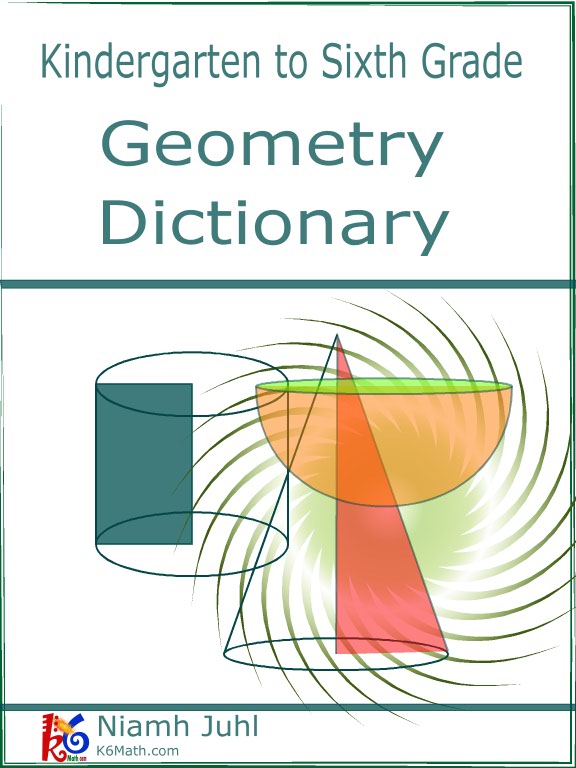

The body is held by the pin, inserted at a point, off the presumed centroid in such a way that it can freely rotate around the pin the plumb line is then dropped from the pin (figure b). The centroid of a uniformly dense planar lamina, such as in figure (a) below, may be determined experimentally by using a plumbline and a pin to find the collocated center of mass of a thin body of uniform density having the same shape. See also: Center of mass § Determination Plumb line method įor other properties of a triangle's centroid, see below.

The centroid of a triangle is the intersection of the three medians of the triangle (each median connecting a vertex with the midpoint of the opposite side). This is not true of other quadrilaterals.įor the same reason, the centroid of an object with translational symmetry is undefined (or lies outside the enclosing space), because a translation has no fixed point. In particular, the centroid of a parallelogram is the meeting point of its two diagonals. The centroid of many figures ( regular polygon, regular polyhedron, cylinder, rectangle, rhombus, circle, sphere, ellipse, ellipsoid, superellipse, superellipsoid, etc.) can be determined by this principle alone. In particular, the geometric centroid of an object lies in the intersection of all its hyperplanes of symmetry. If the centroid is defined, it is a fixed point of all isometries in its symmetry group. The centroid of a ring or a bowl, for example, lies in the object's central void. A non-convex object might have a centroid that is outside the figure itself. The geometric centroid of a convex object always lies in the object. It may be added, in passing, that the proposition did not become common in the textbooks on plane geometry until the nineteenth century. The first explicit statement of this proposition is due to Heron of Alexandria (perhaps the first century CE) and occurs in his Mechanics. It is unlikely that Archimedes learned the theorem that the medians of a triangle meet in a point-the center of gravity of the triangle-directly from Euclid, as this proposition is not in the Elements. A treatment of centroids of solids by Archimedes has been lost. Nonetheless, the center of gravity of figures was studied extensively in Antiquity Bossut credits Archimedes (287–212 BCE) with being the first to find the centroid of plane figures, although he never defines it. It is uncertain when the idea first appeared, as the concept likely occurred to many people individually with minor differences. The center of gravity, as the name indicates, is a notion that arose in mechanics, most likely in connection with building activities. The term is peculiar to the English language the French, for instance, use " centre de gravité" on most occasions, and others use terms of similar meaning. It is used as a substitute for the older terms " center of gravity" and " center of mass" when the purely geometrical aspects of that point are to be emphasized. The term "centroid" is of recent coinage (1814). In geography, the centroid of a radial projection of a region of the Earth's surface to sea level is the region's geographical center. In physics, if variations in gravity are considered, then a center of gravity can be defined as the weighted mean of all points weighted by their specific weight. Informally, it can be understood as the point at which a cutout of the shape (with uniformly distributed mass) could be perfectly balanced on the tip of a pin. In geometry, one often assumes uniform mass density, in which case the barycenter or center of mass coincides with the centroid. The same definition extends to any object in n- dimensional Euclidean space. In mathematics and physics, the centroid, also known as geometric center or center of figure, of a plane figure or solid figure is the arithmetic mean position of all the points in the surface of the figure. ( April 2013) ( Learn how and when to remove this template message) Please help to improve this article by introducing more precise citations. This article includes a list of general references, but it lacks sufficient corresponding inline citations.


 0 kommentar(er)
0 kommentar(er)
